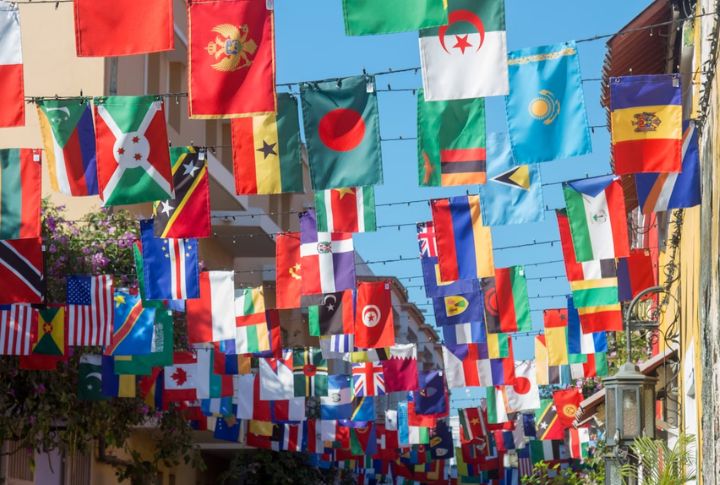
National flags might seem like a country’s proudest creation, but many share the same design roots. That’s no coincidence. When European powers took over the land, they also planted symbols. These symbols stuck around, even after independence. Let’s trace how imperialism contributed to the creation of today’s minimalist flags.
Before Flags Meant Nationhood
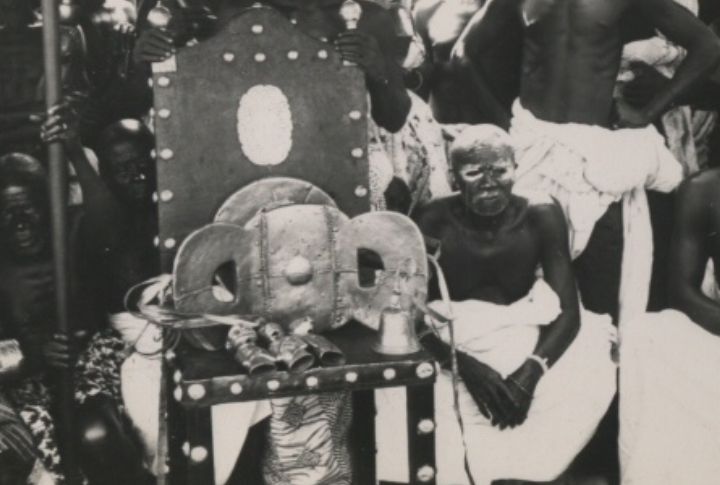
Long before national flags became common, cultures in Africa and the Pacific used symbols like carved stools and intricate cloth to represent identity and authority. The Ashanti saw power in golden stools and kente designs. Today, Maori discussions around tribal flags still reflect newer influences brought by colonization.
How Heraldry Took Over
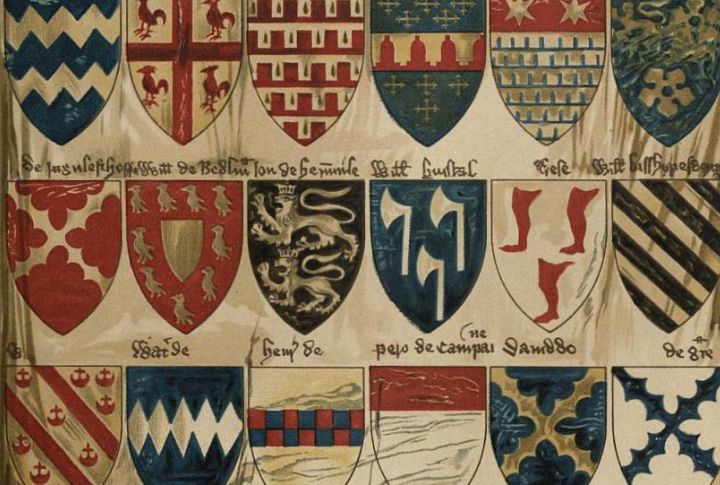
European heraldry favored detailed crests and shields that indicated noble birth or sacred ties. Through colonization, these motifs crossed oceans to land on royal and company flags. Even Caribbean colonies joined in, sometimes waving banners marked with ship wheels or pineapples to reflect their new affiliations.
The Tricolor That Set The Template
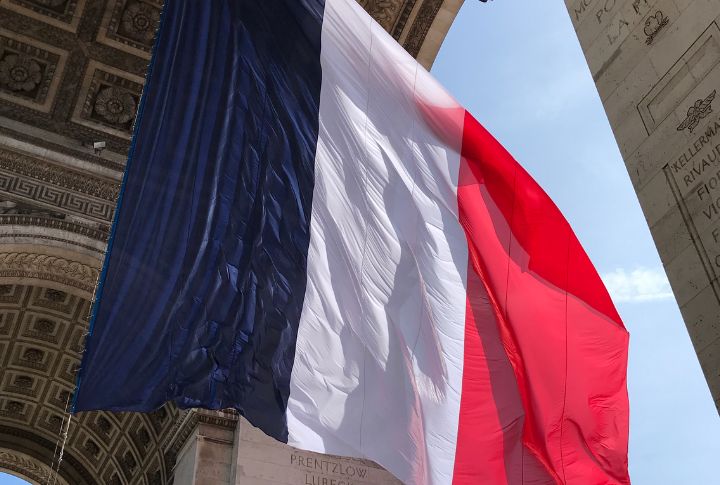
France’s 1789 revolution gave birth to the red, white, and blue tricolor. Its ideals—liberty, equality, fraternity—inspired flags from Italy to the Ivory Coast. Though the Dutch flag came earlier, it lacked that revolutionary energy that turned France’s tricolor into a symbol of global freedom.
Ensigns That Outlived The Empire

British naval flags placed the Union Jack in the upper corner by dividing the rest into formal quadrants. Colonies from Australia to Fiji adopted this look. New Zealand held a public vote and chose to keep its ensign-style flag after independence rather than break from the familiar design.
Stripes Over Symbols
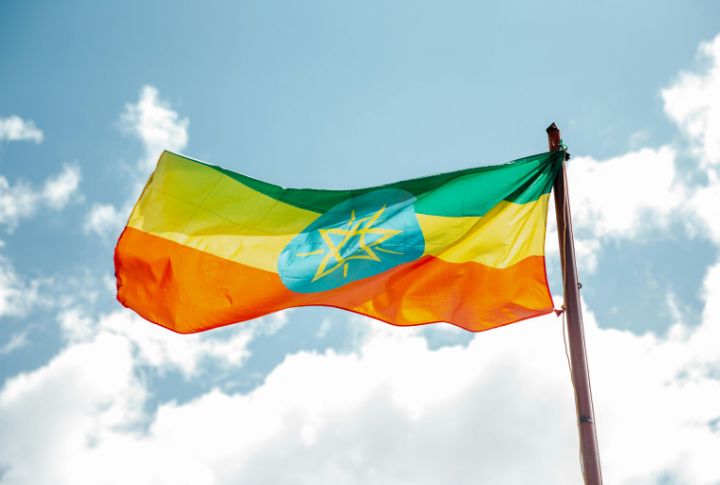
To promote unity, post-independence designers moved away from tribal or religious icons. Stripes offered a clean, neutral design that felt inclusive and approachable. Cameroon and Senegal embraced this tricolor look. Interestingly, Ethiopia’s green-yellow-red stripes influenced many of these designs, despite never having been colonized by a European power.
Revolution In Red, Green, And Black

Pan-African and Pan-Arab movements embraced bold colors to express unity and resistance. Red came to stand for sacrifice, while green often symbolized land or Islam. This color code shapes flags from Kenya to Palestine. Libya took it further by flying a completely green banner with no symbol at all.
Swapping Out Colonial Flags For National Ones
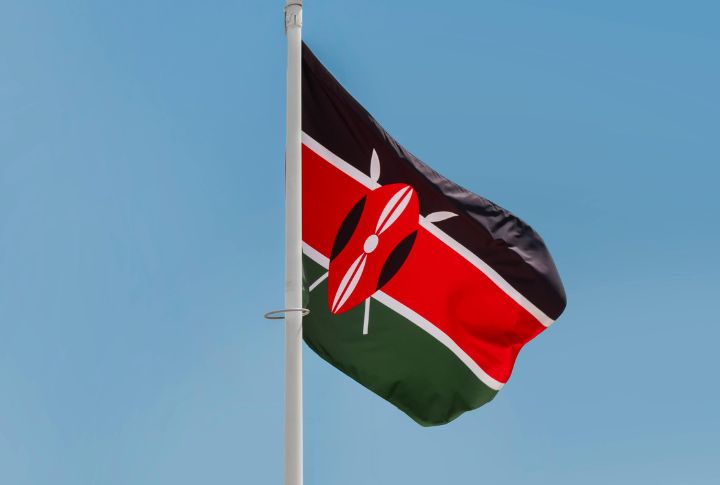
As independence arrived, colonial flags were often lowered during public ceremonies while new ones were raised with pride. Kenya replaced the British Blue Ensign with one featuring a bold Maasai shield. Ghana’s black star echoed Pan-African hopes, which marked a visual break that was both emotional and symbolic.
Designing For A Divided Nation

Many new nations lacked a shared religion or past, so designers turned to universal shapes. India’s wheel and South Africa’s Y avoided favoritism by speaking to movement and connection. Nigeria’s flag, remarkably, originated from a student in 1959, and has remained nearly identical to his original submission.
Why Simple Meant Sovereign
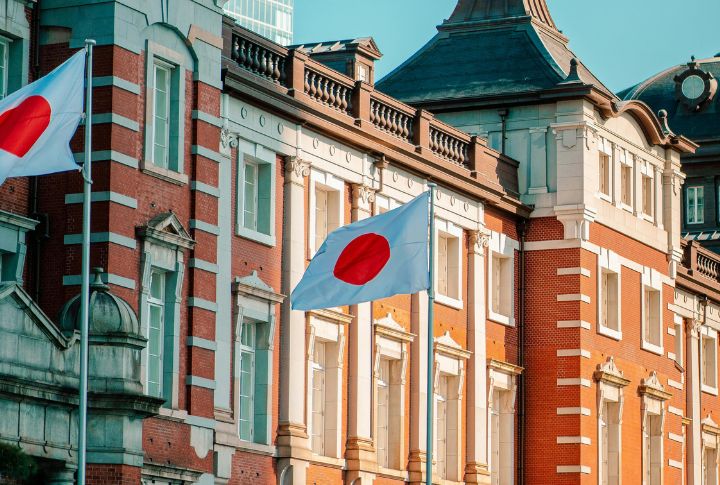
Following World War II, clean lines and bold symbols gained popularity worldwide. Minimalist flags helped countries appear modern and distinct on a crowded world stage. The United Nations favored simple, recognizable designs. Japan’s clear red circle on a white background remained unchanged, maintaining its striking, unmistakable presence.
The Empire Never Left The Fabric
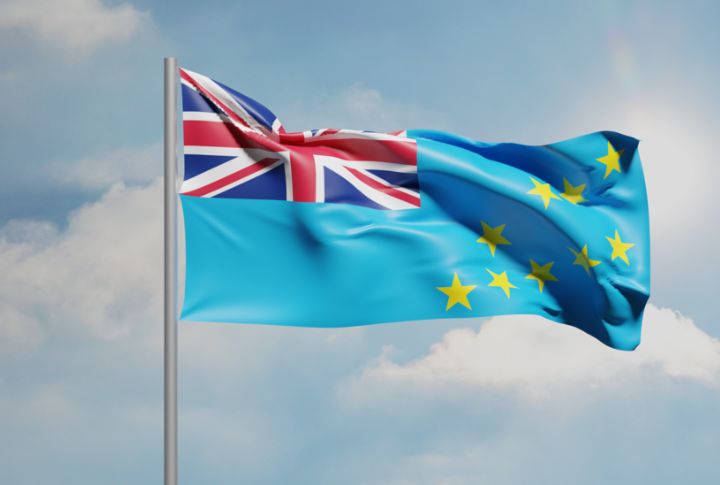
Some countries gained independence, yet chose to retain elements of their colonial visual heritage. The Union Jack still marks the flags of Australia and Tuvalu. Even tricolor layouts remain in former French and Italian colonies. Tuvalu briefly removed the British symbol, but later restored it after public pushback.

